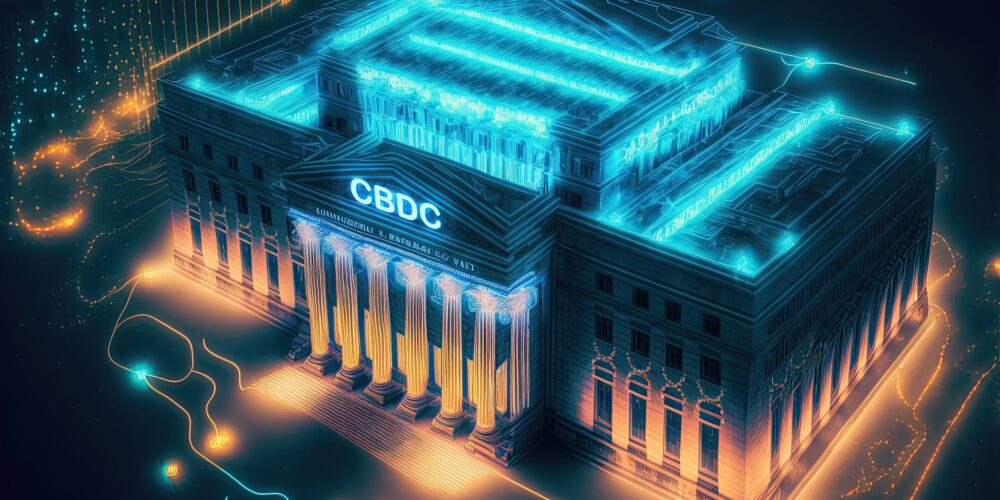Stablecoins, the ostensibly safe cryptocurrencies pegged to traditional assets, are causing rising concern among economists and regulators alike. With $280 billion invested in these digital currencies, fears are mounting that they may create a shadow banking environment that mirrors the risks that led to the 2008 financial crisis. As these instruments grow in prominence, the implications for financial stability and democracy are increasingly perilous.
Echoes of the 2008 Financial Crisis
In the wake of the 2008 financial collapse, experts believed that the collapse of shadow banking institutions demonstrated the dangers inherent in leveraging financial systems without adequate oversight. Stablecoins, which are designed to maintain their value by backing themselves with traditional assets like U.S. government bonds, are seen as resurrecting these very threats. According to Jean Tirole, a Nobel Prize-winning economist, he is “very, very worried by stablecoins,” emphasizing that “there is insufficient supervision of stablecoins.” This insufficient oversight sets the stage for potential systemic risks that could echo the economic turmoil of the past.
The inherent risk in stablecoins is magnified by the fact that they carry no government guarantees. Investors confident that they are holding a stable asset may not realize that these cryptocurrencies might not have the reserves they claim. Should their backing shift to riskier assets in search of higher returns, the fallout could echo the catastrophic losses experienced during the last financial crisis.
The GENIUS Act and Regulatory Response
The United States has begun to acknowledge the potential threats posed by stablecoins, culminating in the passage of the Guiding and Establishing National Innovation for U.S. Stablecoins Act, commonly known as the GENIUS Act, in July 2025. This landmark legislation mandates that stablecoins must be backed one-for-one by U.S. dollars or other low-risk assets. This regulatory framework strives to instill greater transparency and accountability in the sector.
Despite this step toward regulation, critics, including Consumer Reports, assert that the GENIUS Act lacks sufficient consumer protections, stating that it “does not provide enough consumer protection” and allows large tech companies to evade tighter banking regulations. Leadership in financial institutions such as the European Central Bank, led by Christine Lagarde, has echoed this sentiment, calling for stringent safeguards in the face of expected stablecoin growth to $2 trillion by 2028. As regulators scramble to catch up, unanswered questions about consumer protection and systemic risk remain.
Operational and Security Vulnerabilities
The integrity of stablecoins is further jeopardized by a range of operational and security vulnerabilities. Smart contract exploits, custodial breaches, and fraud are rampant due to the cryptographic complexities and opacity of the ecosystem. The catastrophic collapse of TerraUSD in May 2022, which wiped out more than $60 billion in value, showcased the fragility of these instruments, illuminating the lax oversight that facilitates such failures.
Moreover, the ease with which stablecoin transactions can be executed across borders makes them appealing not only for legitimate use cases but also for illicit activities like money laundering and sanctions evasion. According to Chainalysis, this duality raises profound concerns: as stablecoins increasingly integrate into mainstream finance, they could pose serious risks to regulatory measures and financial stability.
Threat to Democratic Sovereignty
Stablecoins don’t just threaten financial norms; they also endanger democratic sovereignty by creating a private currency ecosystem linked to the U.S. dollar. This shift in control over money creation empowers private speculators, eroding government oversight and economic accountability. Gains may disproportionately favor these speculators, while potential losses could ultimately be shouldered by the public. This setup begs the question of who should have authority over money’s creation – a debate intricately tied to political power.
The potential emergence of stablecoins as a parallel currency undermines the very fabric of our economic policy, leading to fears that essential democratic processes could be circumvented. As stablecoins proliferate, the moral imperative is clear: money should remain a public good, managed with democratic oversight, rather than being left to the whims of private interests.
A Call to Action for Further Oversight
The steady rise of stablecoins illustrates the urgent need for regulators to recognize them as a systemic risk. Without stringent regulations, the financial landscape could be eerily familiar, mirroring the conditions leading up to the 2008 financial crises. The path forward entails not just the implementation of existing laws like the GENIUS Act but also an adaptive regulatory framework that addresses the multifaceted challenges posed by these instruments.
In a world increasingly shaped by digital finance, maintaining public trust in money means confronting uncomfortable truths about the emerging landscape. Stakeholders across the political spectrum must prioritize consumer protection and financial integrity above the interests of private speculators, ensuring that any innovation serves the public good rather than undermines it. Only through collective vigilance can we safeguard democratic control over currency and financial stability for generations to come.





